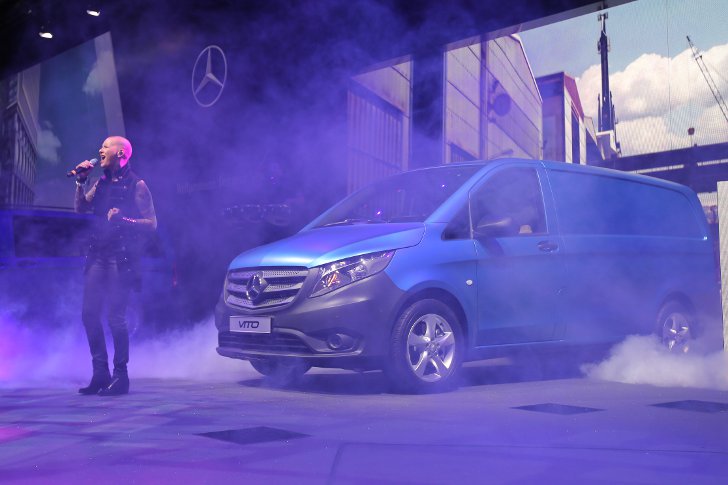The International Motor Show Germany was founded in 1897. The first show was a rather modest display of eight motor vehicles held at the Hotel Bristol in Berlin. The popularity and scale of the event grew in the subsequent years, but then it was suspended because of the First World War. The event was reinstated in 1921 and then suspended again during World War II.
The IAA was revived again in 1951. The show was moved from Berlin to Frankfurt am Main and took place at Messe Frankfurt. The event attracted 570,000 visitors and displayed the first HGV with a turbo diesel engine. However, as the show grew over the years, the venue in Frankfurt became too small to fit both passenger cars and commercial vehicles, as well as more than 1.2 million visitors.
After the 1989 show, the German Association of the Automotive Industry (VDA), the show’s main organizer, decided to split the IAA into two shows, one with a focus on passenger vehicles held in odd years (IAA Cars, later renamed IAA Mobility), and the other with a focus on commercial vehicles held in even years (IAA Transportation). Both debut shows, held in 1991 and in 1992, were a great success.
Messe Frankfurt used to host the motor show focused on passenger cars and other vehicles, including motorcycles. The show dedicated to commercial vehicles takes place at the Hanover Fairground operated by Deutsche Messe in Hanover. The former show is aimed at both industry professional and the general public, while the latter is more industry- and business-oriented.
The International Motor Show Germany draws over 2,000 exhibitors from all over the world. IAA Mobility show features both concept and production cars produced by manufacturers from around the world, including Aston Martin, Alfa Romeo, Audi, Bentley, Chevrolet, Citroёn, Fiat, Kia, Toyota, Škoda, and many other car brands.
The 2020 show was canceled due to the COVID-19 pandemic. The next year, the organizers moved IAA Mobility to Munich.





